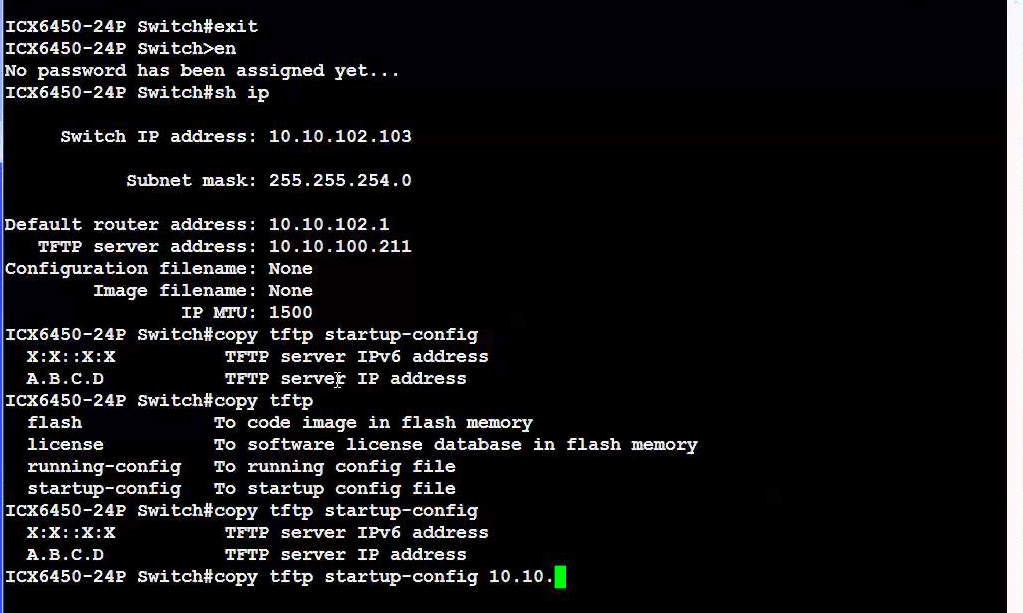

It consists of an 8-bit extension of the 7-bit ASCII character space from 0x20 to 0x7F (the printable characters and the space) and eight of the control characters.


Each block of transferred data, which is usually carried within a single IP packet in order to avoid IP fragmentation, must be acknowledged by an acknowledgment packet before the next block can be sent. If the server grants the request, the file is sent in fixed length blocks of 512 bytes by default or the number specified in the blocksize negotiated option defined by RFC 2348. The request can optionally include a set of negotiated transfer parameters proposed by the client under the terms specified by RFC 2347. In TFTP, a transfer is initiated by the client issuing a request to read or write a particular file on the server. Today TFTP is generally only used on local area networks (LAN).ĭetails (W1) Host A requests to write (W2) Server S acknowledges request (W3) Host A sends numbered data packets (R1) Host A requests to read (R2) Server S sends data packet 1 (R3) Host A acknowledges data packet 1 It cannot list, delete, or rename files or directories and it has no provisions for user authentication. TFTP only reads and writes files from or to a remote server. TFTP was designed to be small and easy to implement, and therefore it lacks most of the advanced features offered by more robust file transfer protocols. TFTP is a simple protocol for transferring files, implemented on top of the UDP/IP protocols using well-known port number 69. In March 1995 the TFTP Option Extension RFC 1782 updated later in May 1998 by RFC 2347, defined the option negotiation mechanism which establishes the framework for file transfer options to be negotiated prior to the transfer using a mechanism which is consistent with TFTP's original specification. In June 1981 The TFTP Protocol (Revision 2) was published as RFC 783 and later updated in July 1992 by RFC 1350 which fixed among other things the Sorcerer's Apprentice Syndrome. TFTP was first defined in 1980 by IEN 133. TFTP's design was influenced from the earlier protocol EFTP, which was part of the PARC Universal Packet protocol suite. Today, TFTP is virtually unused for Internet transfers. It is also used to transfer firmware images and configuration files to network appliances like routers, firewalls, IP phones, etc. It is therefore the protocol of choice for the initial stages of any network booting strategy like BOOTP, PXE, BSDP, etc., when targeting from highly resourced computers to very low resourced Single-board computers (SBC) and System on a Chip (SoC).
MAC TFTP CLIENT CODE
TFTP was first standardized in 1981 and the current specification for the protocol can be found in RFC 1350.ĭue to its simple design, TFTP can be easily implemented by code with a small memory footprint. TFTP has been used for this application because it is very simple to implement. One of its primary uses is in the early stages of nodes booting from a local area network. Trivial File Transfer Protocol ( TFTP) is a simple lockstep File Transfer Protocol which allows a client to get a file from or put a file onto a remote host. For the US government program, see Terrorist Finance Tracking Program.


 0 kommentar(er)
0 kommentar(er)
